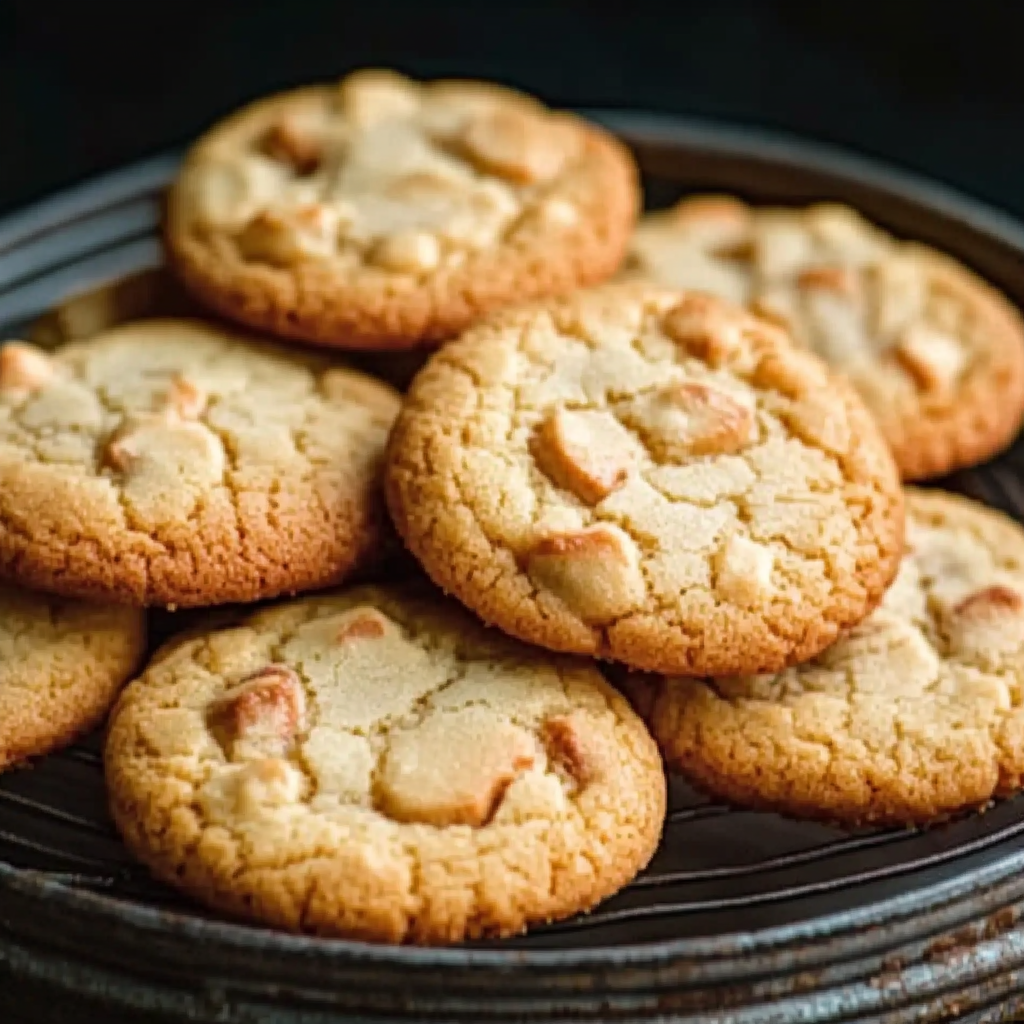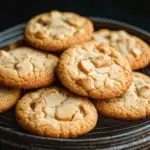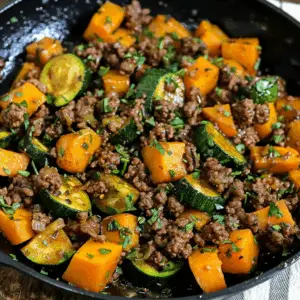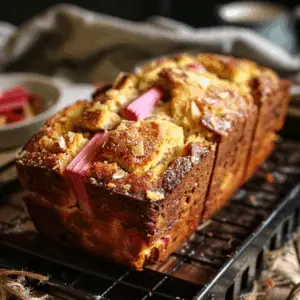Butter Shortbread Cookies
There’s something timeless about a batch of butter shortbread cookies—they’re not overly sweet, they’re melt-in-your-mouth tender, and they’re wonderfully simple. These classic treats have held their place on cookie trays for centuries, loved for their minimalism and elegance. Whether you’re baking them for the holidays or just want a comforting treat with your afternoon tea, shortbread cookies always deliver.
One of the key factors that sets them apart is the rich, buttery flavor and delicate crumb, which is achieved by using high-quality ingredients and a careful mixing process. The absence of eggs and leavening agents like baking soda gives shortbread its signature dense yet tender texture. Shortbread cookies are also highly versatile—they can be cut into traditional rounds, pressed into decorative molds, or dipped in chocolate for a modern twist.
As you explore this recipe, you’ll also gain insights into traditional baking techniques such as the creaming method (more on that here) and understand how ingredient quality, especially the type of butter used, affects the final product. If you’re passionate about exploring baking in a deeper way, you may also enjoy our guide to perfecting your cookies with practical visuals and shaping tricks. For a historical perspective, you’ll discover why these cookies are a staple in Scottish cuisine and how they’ve adapted over time to suit modern palates.
In this guide, we’ll take you step by step through the process of making the best butter shortbread cookies at home, from selecting ingredients to baking and serving, so you can enjoy them fresh from your own oven anytime.
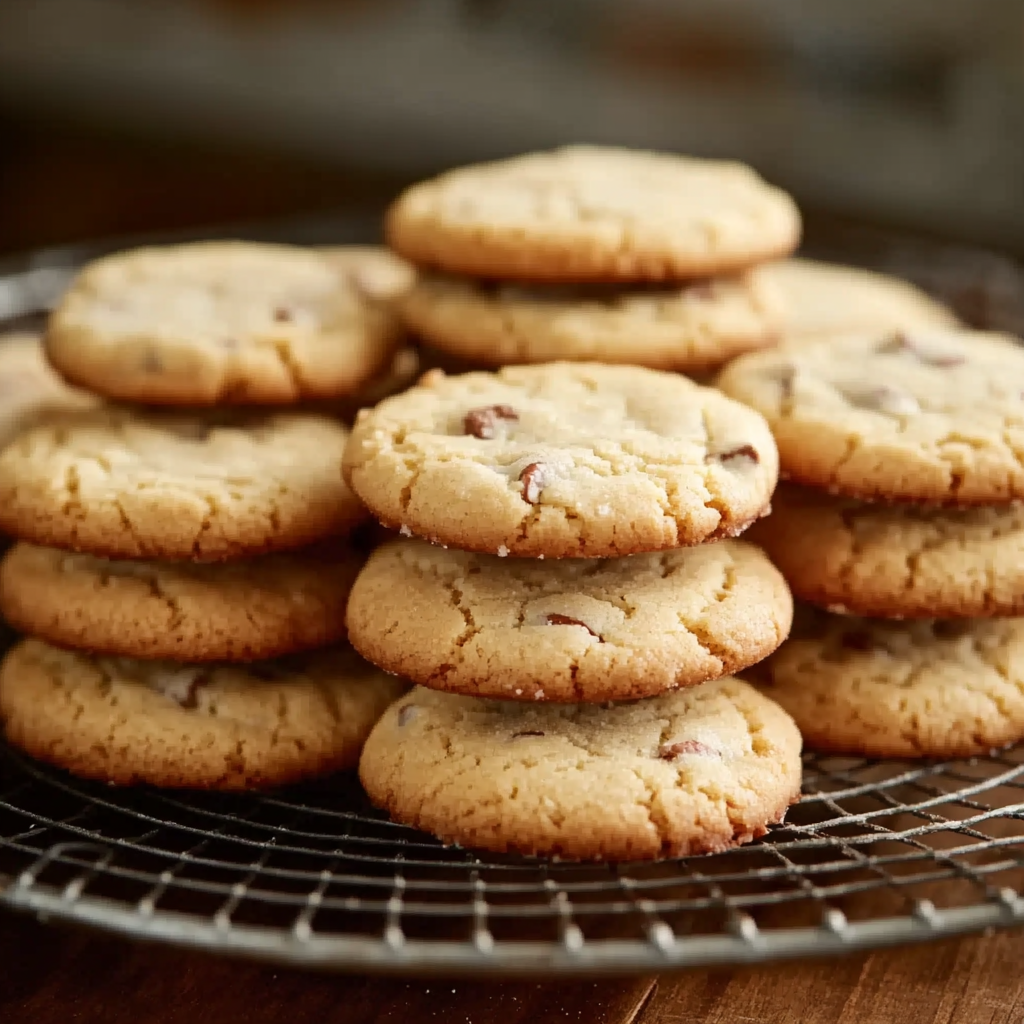
The Origins and History of Shortbread
Shortbread has a storied past that stretches back to medieval Scotland, where it began not as a dessert, but as a bread. Over time, yeast was replaced by butter, transforming it into the sweet, rich treat we know today. By the 16th century, shortbread was firmly associated with Scottish tradition, and even Queen Mary of Scots had a fondness for a version made with caraway seeds.
The name “shortbread” itself comes from the word “shortening,” which refers to the high fat content that gives the cookies their crumbly, melt-in-your-mouth texture. The classic recipe—butter, sugar, and flour—has barely changed since then, a testament to its perfect simplicity. In fact, shortbread is so iconic in Scotland that it is often given as a ceremonial gift and served on holidays like Christmas and Hogmanay.
Traditionally shaped into rounds, wedges (known as “petticoat tails”), or fingers, shortbread is more than just a cookie—it’s a cultural symbol. If you’re interested in the full background of Scottish shortbread, you can read more in this Wikipedia article detailing its evolution and regional significance.
Today, shortbread continues to enjoy popularity worldwide. While purists still adhere to the original trio of ingredients, modern bakers have experimented with flavorings such as vanilla extract, lemon zest, and even tea infusions. The texture and taste of shortbread make it ideal for such adaptations, helping it maintain its place in both traditional and contemporary baking.
From its humble beginnings to its present-day popularity, the journey of butter shortbread cookies reflects a broader story of how simple ingredients can be elevated into something timeless and universally beloved.
Why Butter Quality Matters
The secret to truly irresistible butter shortbread cookies lies in the quality of the butter you use. With so few ingredients in the recipe, each one plays a critical role—and butter is the star. Choosing the right butter not only enhances flavor but also affects the cookie’s texture and appearance.
One of the most important decisions is whether to use unsalted or salted butter. For shortbread, unsalted butter is preferred because it gives you full control over the amount of salt in the recipe. Salted butter can vary significantly between brands, which may disrupt the delicate flavor balance of your cookies. That’s why most expert bakers—including those featured in our cookie guide—recommend sticking to unsalted for consistent results.
European-style butter is another excellent choice due to its higher fat content—typically around 82–85% compared to the 80% found in standard American butter. This increased fat leads to a richer flavor and a more tender, melt-in-your-mouth texture. Brands like Plugrá, Kerrygold, or Président are popular for this reason. Learn more about types of butter and how they differ here.
Butter also contributes to the cookie’s “short” texture—a term bakers use to describe the crumbly consistency resulting from high fat and low moisture. In fact, that’s where the name “shortbread” originates. The butter coats the flour particles, limiting gluten formation and producing that signature tender bite.
Choosing high-quality butter is not about luxury—it’s about optimizing a minimal-ingredient recipe. With nothing to mask imperfections, the better your butter, the better your shortbread. If you’re making a holiday batch or edible gifts, consider investing in premium butter for superior results every time.
Ingredients Breakdown & Best Substitutes
When it comes to shortbread cookies, simplicity is everything. With only a few ingredients, it’s essential to understand the role each one plays and what substitutions can be made without compromising the iconic texture and flavor.
Butter
-
The foundation of all shortbread cookies. Use unsalted, high-fat butter for the best flavor and crumb. European-style butters are ideal.
-
Avoid margarine or oil—they lack the structure and flavor of real butter. Curious about types of butter and their properties? Read more here.
Powdered Sugar
-
Provides a smoother texture compared to granulated sugar. It helps create that melt-in-your-mouth feel.
-
Granulated sugar can be used, but it will make the cookie slightly crunchier. For a more traditional feel, stick to powdered sugar.
-
Learn more about powdered sugar and how it behaves in baked goods.
All-Purpose Flour
-
The main structure of the cookie. Use unbleached all-purpose flour for the best results.
-
You can substitute with gluten-free flour blends, but the texture may be more crumbly. For optimal results, choose one designed for baking.
Salt
-
A small but important addition to enhance the sweetness and butter flavor.
-
If you’re using salted butter, reduce or eliminate the added salt.
Vanilla Extract
-
Adds warmth and depth to the flavor.
-
You can substitute with almond extract or citrus zest for a twist. Learn more about vanilla extract and its use in baking.
Optional Add-ins
-
Lemon zest for brightness
-
Almond extract for a nutty undertone
-
Chocolate chips or dried cranberries for festive variations
-
Lavender or tea blends for floral complexity
This minimal ingredient list is the reason shortbread is so versatile and forgiving, yet mastering it requires careful selection of each component.
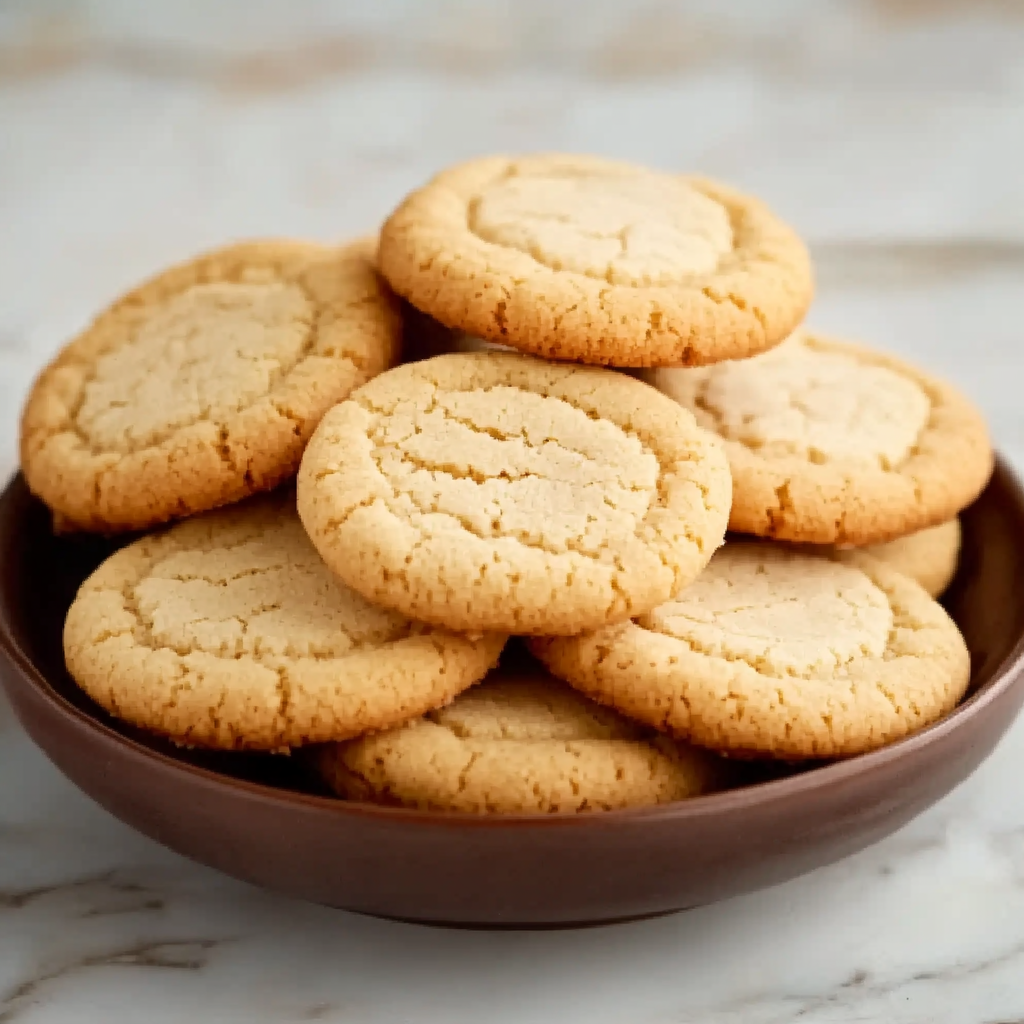
Step-by-Step Instructions with Baking Tips
Mastering butter shortbread cookies starts with a proper understanding of the baking process. Follow these steps carefully for consistent, delicious results.
Step 1: Preheat and Prepare
-
Preheat your oven to 325°F (165°C).
-
Line a baking sheet with parchment paper to prevent sticking and ensure even baking.
Step 2: Cream the Butter and Sugar
-
In a large mixing bowl, combine softened unsalted butter and powdered sugar.
-
Beat with a hand mixer or stand mixer on medium speed until light and fluffy—about 2 to 3 minutes.
-
This is known as the creaming method, a crucial technique in baking that incorporates air for better texture. Learn more about it here.
Step 3: Add Vanilla
-
Add 1 teaspoon of vanilla extract and beat until fully combined.
-
This helps distribute flavor evenly and enhances the aroma of the dough.
Step-by-Step Instructions with Baking Tips
Step 4: Add the Dry Ingredients
-
In a separate bowl, whisk together 2 cups all-purpose flour and ¼ teaspoon salt.
-
Gradually add the dry mix to the butter mixture, mixing on low speed until a soft dough forms. Avoid overmixing—this can lead to tough cookies.
Step 5: Shape the Dough
-
Transfer dough to a lightly floured surface.
-
Roll out to ½-inch thickness using a rolling pin.
-
Cut into desired shapes using cookie cutters or slice into rectangles for a classic look. Check out some cookie cutter shape ideas for inspiration.
Step 6: Bake
-
Arrange the cookies on the prepared baking sheet, spacing slightly apart.
-
Bake for 15–18 minutes, or until the edges are lightly golden.
-
Don’t overbake—shortbread should remain pale in color.
Step 7: Cool
-
Let cookies rest on the pan for 5 minutes.
-
Transfer to a wire rack to cool completely.
-
Once cooled, consider dipping in chocolate or dusting with extra powdered sugar for an elegant finish.
Common Mistakes to Avoid
Even experienced bakers can run into issues with shortbread cookies. Avoid these common pitfalls for perfect results every time:
-
Using cold butter: Butter must be softened to cream properly. Cold butter leads to dense, uneven cookies.
-
Overmixing the dough: Overworking develops gluten, making cookies tough rather than tender.
-
Skipping parchment paper: Cookies may stick or bake unevenly without it.
-
Overbaking: Shortbread should be just lightly golden on the edges—too much time in the oven can cause dryness.
-
Ignoring measurements: Precision is critical in baking. Always measure your ingredients accurately.
For additional cookie baking tips, visit this Pinterest guide.
Popular Variations of Shortbread Cookies
Shortbread is wonderfully adaptable. Once you’ve mastered the classic version, try these popular variations:
-
Chocolate-Dipped Shortbread: Dip half of each cooled cookie into melted dark or milk chocolate. Sprinkle with chopped nuts or sea salt.
-
Lemon Zest Shortbread: Add 1–2 teaspoons of fresh lemon zest to the dough for a refreshing twist.
-
Lavender or Earl Grey Infused: Add dried culinary lavender or finely ground Earl Grey tea leaves for a floral aroma.
-
Nutty Shortbread: Mix in chopped pecans, almonds, or hazelnuts for added crunch and depth.
-
Holiday Spiced Shortbread: Add cinnamon or cardamom and top with colored sanding sugar for festive flair. Browse more holiday cookie ideas here.
These twists let you customize shortbread cookies for any season or occasion, without compromising the core buttery flavor.
How to Shape and Decorate Your Cookies
Presentation matters, especially if you’re gifting these cookies or serving them at a party. Here are some ways to shape and decorate shortbread cookies beautifully:
-
Traditional Shapes: Use a knife to cut into rectangles or squares.
-
Cookie Cutters: For themed or seasonal designs, use shaped cutters. See some creative options here.
-
Embossed Cookie Stamps: Press patterns into the dough for a more refined look.
-
Decorating Ideas:
-
Drizzle with melted chocolate
-
Sprinkle with sanding sugar before baking
-
Dip in royal icing and add edible pearls or sprinkles
-
These simple enhancements can transform a basic cookie into a thoughtful, personalized treat.
Storage Tips & Shelf Life
To maintain freshness and flavor, follow these storage tips:
-
Room Temperature: Store in an airtight container for up to 1 week.
-
Refrigeration: Optional, but can extend freshness by a few days. Let cookies come to room temperature before serving.
-
Freezing:
-
Dough: Wrap tightly in plastic wrap and freeze for up to 2 months.
-
Baked Cookies: Freeze in layers separated by parchment in an airtight container.
-
Proper storage helps shortbread cookies retain their signature texture and flavor.
Serving Suggestions & Pairings
Shortbread is versatile enough to be served in multiple ways:
-
With Beverages: Pairs beautifully with black tea, espresso, or hot chocolate.
-
As a Dessert Base: Use crushed shortbread as a crust for pies or cheesecakes.
-
Gifting: Wrap cookies in parchment and place in a decorative tin or box. For creative packaging, check out these homemade cookie gift ideas.
Whether you’re treating yourself or someone else, butter shortbread cookies always make an elegant impression.
Troubleshooting Guide
Even simple recipes can go wrong. Here’s how to solve common shortbread issues:
-
Too Crumbly: Dough may need a minute more of mixing or a teaspoon of milk to bind.
-
Cookies Spread Too Much: Butter may have been too soft or dough too warm; chill for 15 minutes before baking.
-
Too Hard: Overbaked or overmixed. Use a timer and avoid working the dough too long.
-
Bitter Taste: Possibly due to overbaking or poor-quality vanilla. Use pure vanilla extract for best results.
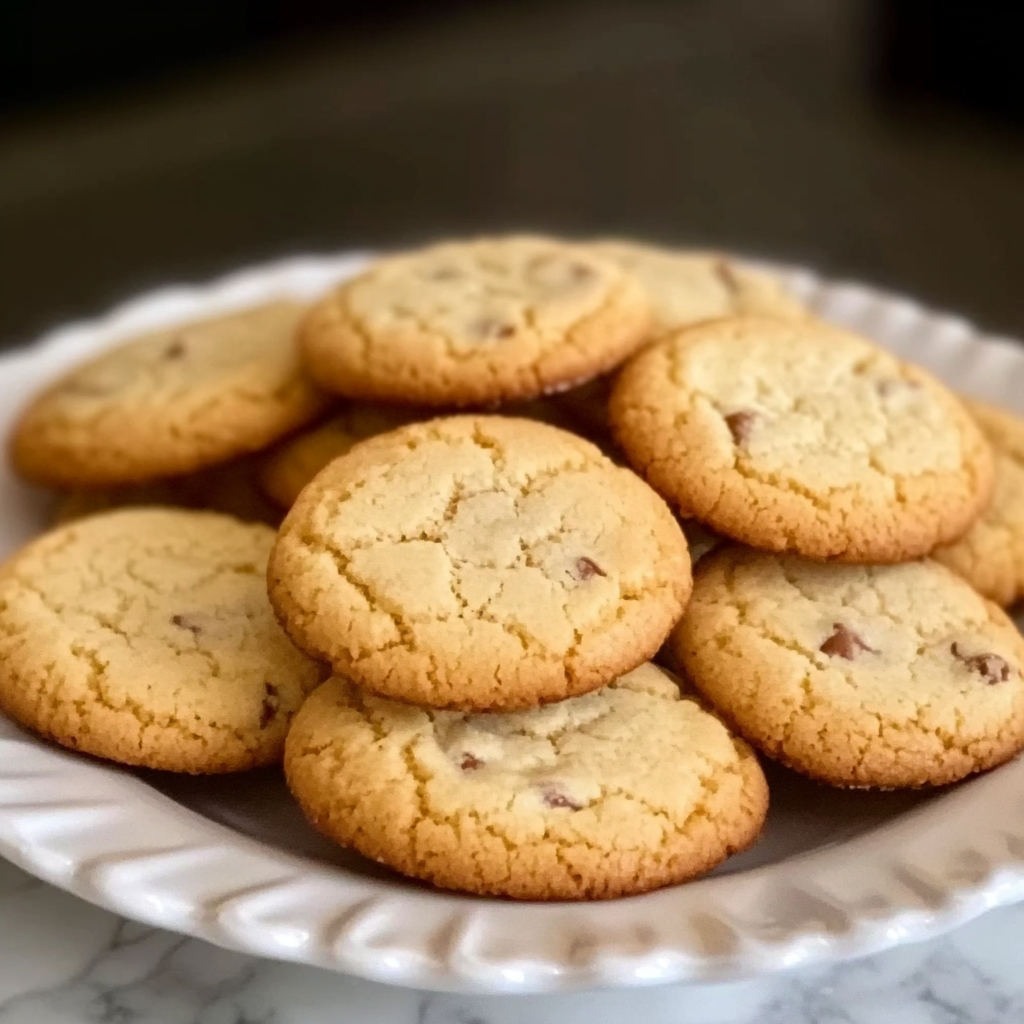
Frequently Asked Questions
Can I make shortbread without powdered sugar?
Yes, but the texture will be slightly grittier. Powdered sugar gives that smooth, melt-away feel that defines classic shortbread.
What is the secret to good shortbread?
High-quality butter, proper creaming, and not overworking the dough are essential. Using European-style butter can significantly improve the flavor and texture.
Should shortbread be soft or crunchy?
It should be tender and slightly crisp on the edges, with a crumbly texture that melts in your mouth.
Why do you use powdered sugar in shortbread?
It blends smoothly into the dough and prevents graininess. Powdered sugar also promotes a softer bite.
Can I make shortbread with margarine or oil?
Technically yes, but you’ll sacrifice flavor and texture. Margarine lacks the richness of butter, and oil won’t give the dough the same structure.
How to Bake the Best Butter Shortbread Cookies at Home
These butter shortbread cookies are a classic treat—rich, tender, and delicately sweet. With just five ingredients, they’re easy to prepare and perfect for any occasion, from afternoon tea to holiday gifting.
- Author: Clara
Ingredients
- 1 cup (2 sticks) unsalted butter, softened
- ½ cup powdered sugar
- 1 tsp vanilla extract
- 2 cups all-purpose flour
- ¼ tsp salt
Instructions
Preheat your oven to 325°F (165°C). Line a baking sheet with parchment paper.
In a large mixing bowl, cream together the softened butter and powdered sugar until light and fluffy.
Add the vanilla extract and mix until combined.
Gradually add the flour and salt to the butter mixture, mixing until a soft dough forms.
Turn the dough onto a lightly floured surface and roll it out to about ½-inch thickness.
Cut into desired shapes using cookie cutters or slice into rectangles or squares.
Place the cookies onto the prepared baking sheet, spacing them slightly apart.
Bake for 15–18 minutes, or until the edges are lightly golden.
Allow the cookies to cool on the pan for 5 minutes, then transfer to a wire rack to cool completely.
Notes
-
Use European-style unsalted butter for superior flavor and texture.
-
Chill the dough before baking for cleaner edges if using intricate cutters.
-
Add a personal twist with citrus zest, spices, or a dip in chocolate.
-
Store cookies in an airtight container at room temperature for up to one week, or freeze for longer storage.
-
Bake just until the edges are golden for perfect shortbread texture.
